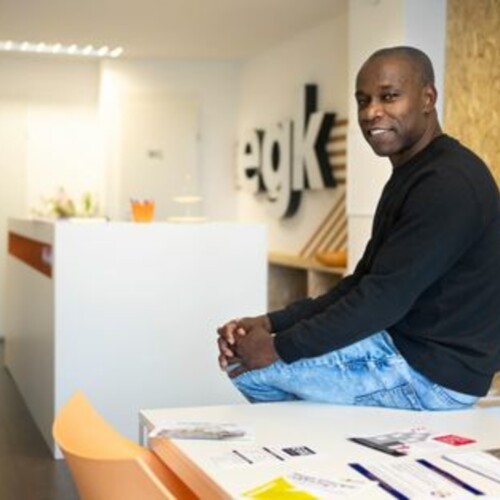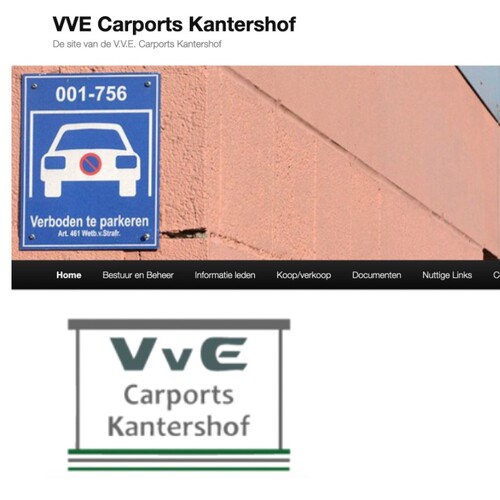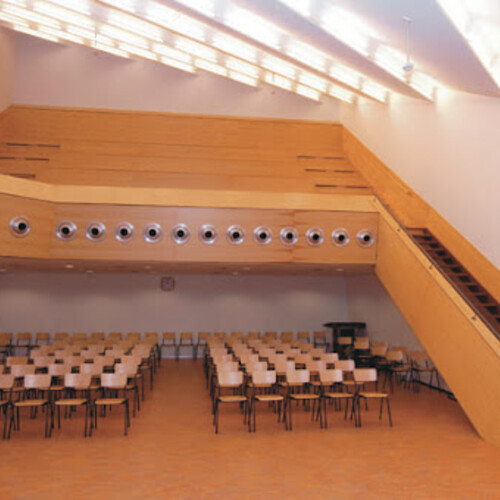At the Groene Hub, sustainability goes beyond having a Tesla parked outside.
Residents greening the streets or collaborating on energy generation and conservation have proven beneficial in many areas. But can this work in neighborhoods like Gaasperdam, where individuals sometimes grapple with more challenges than they can handle?
Yes, according to the Green Hub.
The Green Hub is a community cooperative situated in an old school building in Gaasperdam. Local residents organize activities and training sessions for fellow neighbors. The initiative was launched at the end of 2019 by Anne Stijkel, the founder who brought together the location, the people, and the funds. Besides being the founder, Anne is a neighborhood resident, biologist, and someone who has been advocating for a sustainable world for over thirty years. "What do you need, and what can you offer? When we bring these to the table, suddenly we're all wealthy," is one of her sayings.
Stijkel retired, but not entirely; she handed over her initiative to a new generation. As of 2023, the Green Hub is more alive - and wealthier - than ever. Residents come and go, and an increasing number of Gaasperdam locals, young and old, are drawn to the hub, attracted by the numerous activities available. They cook. They repair bicycles. They fix damp, cold homes. They cultivate vegetables, sew clothes and insulating curtains, and produce biogas from food scraps. They film, create podcasts, and much more.
All these, especially fun and engaging activities, are linked to significant, abstract themes such as energy transition and biodiversity.
Why?
To explain this, the Green Hub frequently refers to the image of Kate Raworth's doughnut, a symbol for a sustainable economy. According to Raworth, everyone should stay within the doughnut's boundaries. Those outside the doughnut are demanding more than the earth can provide and cause excessive CO2 emissions, waste, or air pollution. Those within the hole face shortages in opportunities, money, attention, healthy food, or face unaffordable energy bills.
The doughnut hole in Gaasperdam is familiar territory. However, solely focusing on it isn't helpful because issues inside and outside the boundaries are inherently interconnected. The projects at the Green Hub bridge these gaps while, for instance, reducing CO2 emissions. Residents take the lead, collaborating with officials, businesses, or educational institutions like a college or university.
They call it a Donut Deal.
There are twelve Donut Deals now. The oldest one, even before its time, is called "Lifelong Learning." It's a three-month educational program for individuals not actively participating in society, for various reasons. Under the leadership of Rizairis Nunes-Lacroes, they explore their past, present, and future dreams.
What's impressive is that they can immediately apply what they learn at the Hub. Some of them even stayed there permanently, like Joseph Ogbonna.
"I wasn't living anymore."
"I forgot who I was and didn't want to think about myself," Ogbonna recalls his feelings in 2022. At the Groene Hub, he learned to reconnect with himself and his environment. Now, he's been the coordinator and planner of the QuickFix brigade for almost a year.
The QuickFixers work on making homes more sustainable. With simple measures, they reduce energy poverty, cold, moisture, mold, CO2 emissions, and fine dust. They collaborate with the municipality, housing corporations, and the !Woon foundation.
And that's not all. Six months later, Ogbonna passed on what he learned from Lifelong Learning to his colleague QuickFixer, Juan Castillo. They fixed themselves first. Now, they're fixing homes.
Everyone can participate.
Not everyone needs to go that deep to make a contribution. Thanks to the Green Hub, for instance, Gaasperdam received twenty GFE (Vegetable, Fruit, and Garden waste) containers. In each container, up to fifty households can dispose of their waste. It's as simple as taking a bowl of peels to the bin. Individually, the peels may not make a difference, but collectively, all these leftovers amount to a considerable volume. Circular waste management company Meerlanden empties the containers and uses the waste for green gas and compost production. Transforming waste into resources.
It brings even more benefits. Peter Hogendijk, coordinator of the Green Gas GFE project, trained twenty residents to be bin managers. They keep in touch with participants and monitor the situation. Bin managers, QuickFixers, men and women making insulating curtains - these are examples of activities that don't require hiring a company from Volendam.
"There's so much human capital in the neighborhood."
"We just need to provide skills, offer training, to utilize that capital," says Ogbonna. However, reality often differs.
Recently, Hoogendijk received a request from the Amsterdam municipality asking if the Groene Hub could accommodate four so-called waste coaches. "Is there a budget for that?" Hoogendijk asked. "No," was the response. "Then, let's do it anyway." So, four people from a commercial company in Haarlem came to survey residents' experiences with the waste containers. They did good work, but I would have preferred training four of my bin managers. That would have been cheaper," says Hoogendijk.
The government is accustomed to tendering. To expensively paid companies. When the government compensates residents' work, when a non-profit cooperative utilizes human capital in neighborhoods, that's called a subsidy.
And subsidies make one vulnerable.
If you depend on subsidies, you never know where you stand. The Green Hub received European funding for three years, which ended in 2023. The municipality supported all the Fix brigades, including the QuickFix brigade in Gaasperdam. Now, the municipality considers granting that contract to a commercial entity.
What now?
"Now we just keep going," says Nathalie Guicheret. She coordinates the Gardens of Brasa, where residents garden and learn together. Her project is the first one not financially dependent on the Green Hub anymore. Other coordinators, including Astrid Gils from the sewing studio, are ready to follow her lead.
"Our partners tend to think Zuidoost (the district) is helpless. That they need development work. But all they see is resilience," says Maureen Healy, a neighborhood resident, artist, and closely involved with the Groene Hub. Raphaël Beaumont from the municipality also calls this resilience and capacity for change. "Real change originates from within. I see people in the Groene Hub standing up and growing. It transcends boundaries. Imaginary boundaries of class and ethnicity make way for creativity and individual growth, as well as community growth."
"Of course, we simply need money," laughs Healy. Currently called subsidies, that money is ultimately what residents work hard for. With it, they tackle problems in the neighborhood and the world, showing that everyone can contribute.
In conclusion, the Groene Hub takes sustainability out of the elitist corner and proves that it's more than just an electric car parked outside. Grand challenges like the climate crisis should and could also be entrusted to residents already dealing with the day-to-day challenges they face.
 Groene Hub
Groene Hub

